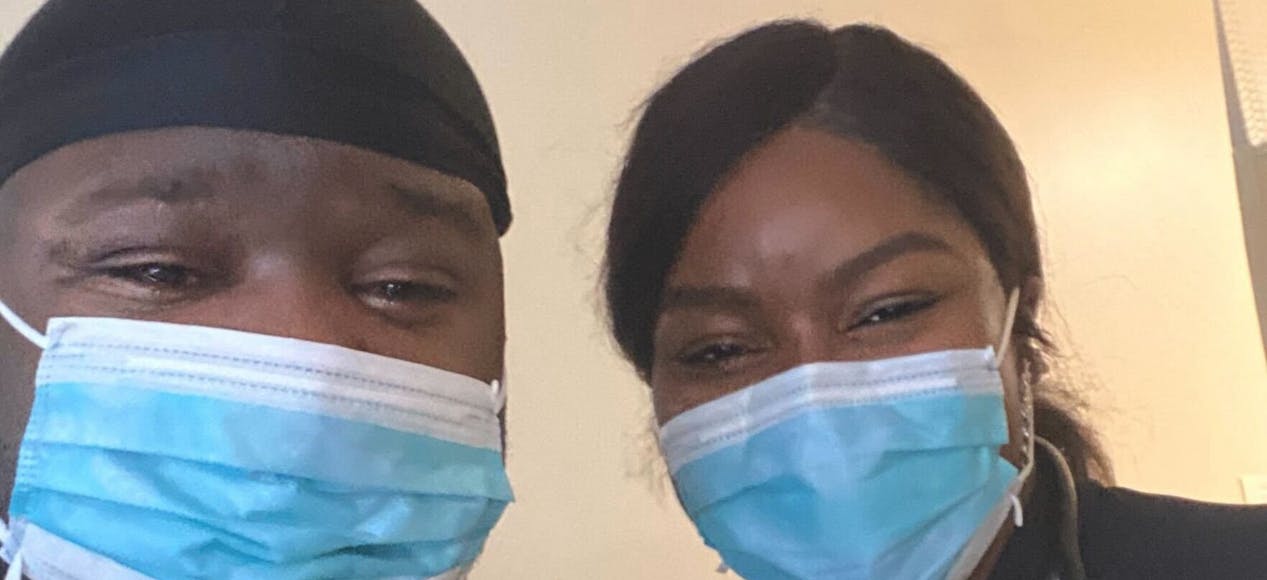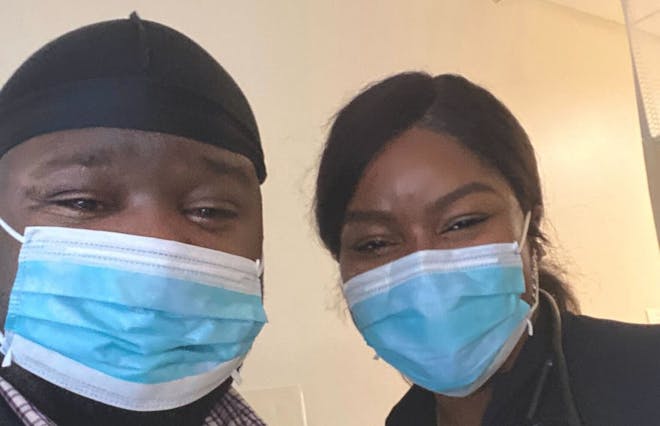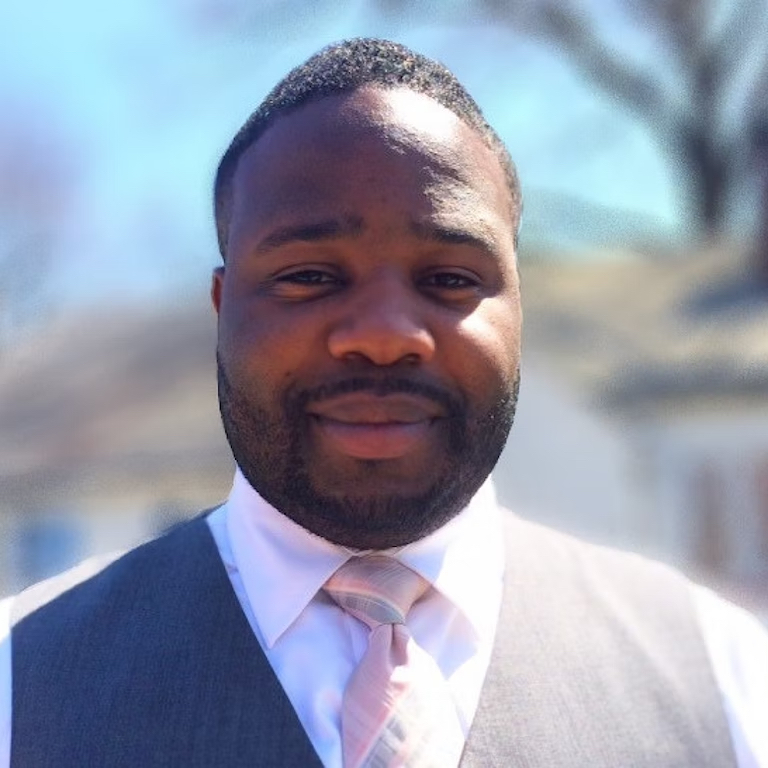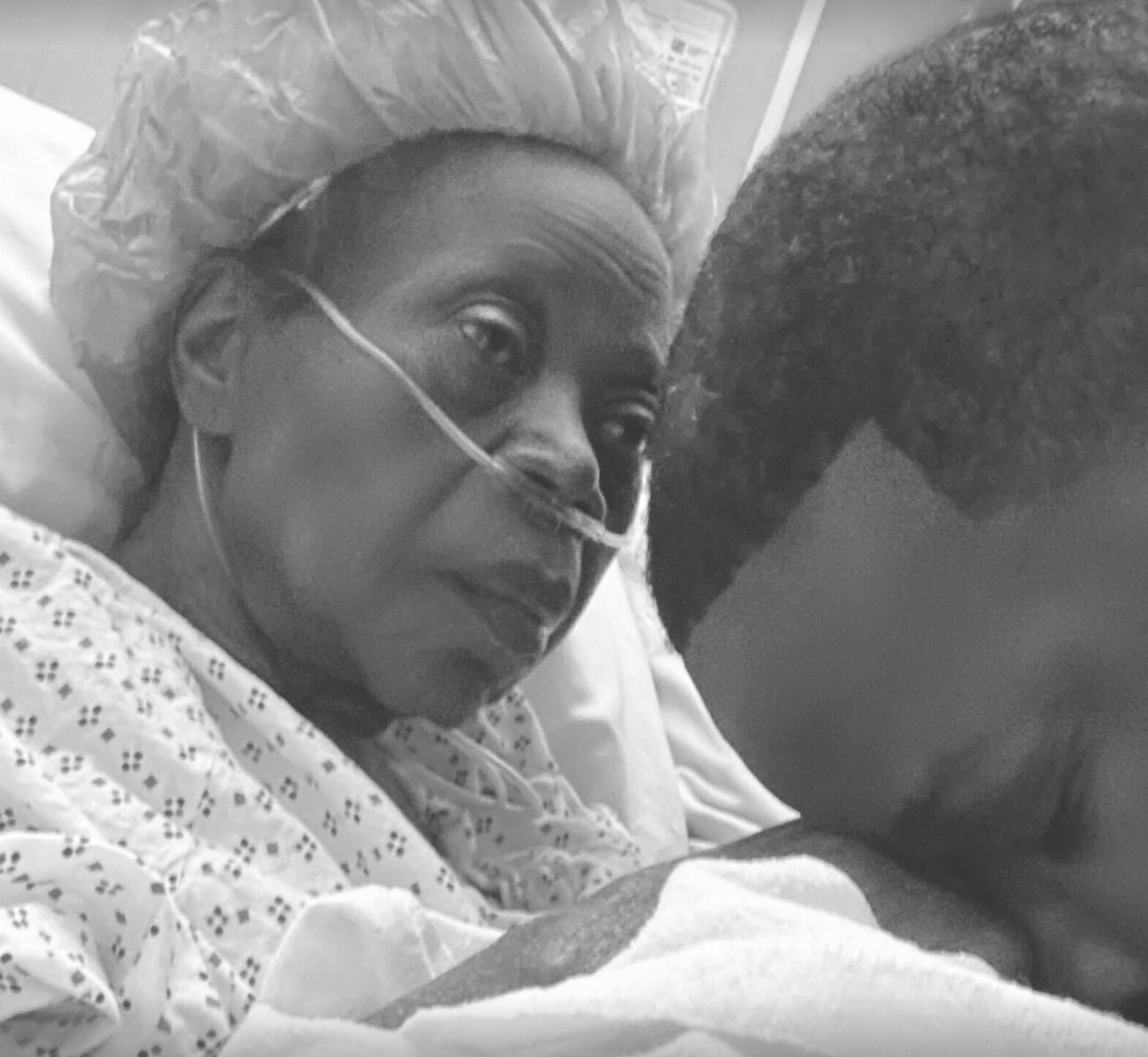A Personal Story About Justice, Equity, Diversity & Inclusion in End-Of-Life Care



December 23, 2022
“Mr. Thompson, how would you like us to proceed?”
I heard this question at least eight times a day towards the end of my mother’s life.
She had lost her ability to speak, which meant that every step of her treatment now needed my consent. My mother was a strong and independent woman, so I knew how hard it would be for her to know that her fate was in the hands of others.
I am so grateful for those who dedicate their lives to working in hospitals, yet I learned firsthand that it can be challenging for these healthcare workers to give their all to individual patient care in such a transient environment. Oftentimes it is difficult to find a specialist who can be fully present with what a patient and their family are going through. When attempting to grasp what was happening to my mother, I often felt overwhelmed and defeated by the complex medical terms that could persuade, deter, alter, discourage, influence, and limit my ability to make informed decisions.
Luckily, my wife, Rebecca, is a registered nurse, so I felt relatively experienced navigating the healthcare system. I can only imagine how complicated this process can be for people who lack the time, resources, or support to really provide the level of advocacy needed in end-of-life situations. I had to be available 24/7, not just to serve as a health proxy but also to humanize my mother. In this space, I began to see how racial biases within the healthcare system impact the quality of care minority patients receive.

My mother was an elderly black woman from Liberia in a majority-white area, diagnosed with dementia, and had limited ability to move or interact. She did not qualify for an individual room at the hospital, and the shared space felt very low-priority. I would arrive at her hospital bed and, though she was critically ill, it would seem she was not well-attended.
Her hands and lips were dry. Her hair was disheveled. I had to ensure that her space was surrounded by flowers and balloons, just so that people who entered the room would know that she was loved and cared for by someone. I even showed the nurses old photos of her so that they would see her baseline in terms of appearance, and how it had declined being in this environment.
My family finally agreed to move our mother to hospice care to prevent further invasive procedures. Though we were referred to several outpatient facilities, we knew that wasn’t what mom would want, so I found on-site hospice options which seemed more appropriate.
During this time, I started consulting via phone with Dr.O, a young female physician who is West African–like my mother–and took a special interest in her case, paving the way for her to have a quality end of life experience. Dr. O was highly supportive in answering all my questions and helped me understand realistic options for my mother. She was kind. She was patient. She listened and simplified complex terminology.
Dr. O broke the news that my mom would not qualify for on-site hospice care because she did not show any pain, which meant she would not qualify for a morphine drip, and as a result would be transferred to an offsite hospice. I pleaded with her, explaining the importance of mom not being transferred to an outpatient. I explained that mom was a strong woman and never conventionally expressed pain.
Dr. O did't just listen. She advocated on our behalf and made sure my mother got moved to an on-site hospice facility. Her attention to our situation allowed my mother to pass in a loving and nurturing environment.

Moreover, the timing made all the difference. On Thursday, November 10, mom was transferred to hospice. I visited her on Friday, November 11, and she passed on the morning of Saturday, November 12. As I prayed and cried over her lifeless body, Dr. O entered the room. It was the first time we had ever met in person. I wept in her arms and expressed my heartfelt gratitude for the care she took of my mother. Dr. O told me that she saw her mother in mine, which fueled the desire to advocate for her even more.
Justice, equity, diversity, and inclusion (J.E.D.I) work is critical in all aspects of life, and historically the healthcare system itself has perpetuated racism and bias specifically toward African Americans, being that this group is underrepresented in the healthcare system.
Did you know that only 5% of physicians are Black or African American?
This issue is well-researched and documented. These inequalities impact differences in pain management and the treatment of African Americans when compared to a non-African American experiencing the same health conditions, use of African Americans’ bodies in medical experimentation, and racial bias in healthcare systems’ algorithms used to guide health decisions and assess health care costs. Actions like these have led to a polarized distrust of the healthcare system among the African American community.
Reimagine works tirelessly to address these disparities by developing platforms for dialogue and unique experiences around loss, life, and love.
As an organization, we create containers to share best practices so healthcare system providers can learn directly from underrepresented communities about how to serve ensuring the J.E.D.I way is infused throughout the entire healthcare system.
Thank you for supporting Reimagine and for listening to my journey.
More soon,
Chris Thompson

